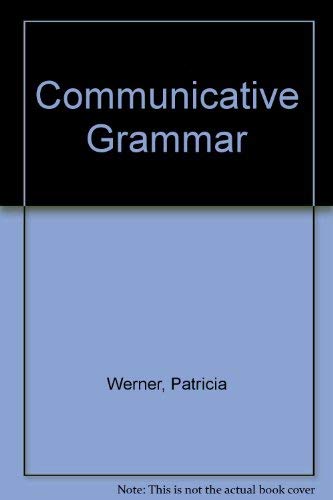

 |

|

The average rating for Interactions two based on 2 reviews is 3.5 stars.
Review # 1 was written on 2018-04-13 00:00:00 Shannon Edwards Shannon Edwardsمقرر جامعي |
Review # 2 was written on 2012-01-29 00:00:00 Timothy Ceska Timothy CeskaAn acceptable introduction to a type of Chinese poetry called the fù 賦 (often translated as "rhapsody" or, as Watson has it, "rhyme-prose"). The fù form was particularly popular in Hàn and Six Dynasties eras (roughly 200 BCE - 600 CE), though poets continued to write in this style through the Táng, Sòng, and even up to the present day.The fù is used to elaborately describe nouns (object, places, concepts, etc.), often employing obscure vocabulary and arcane allusions. Line length varies, as do rhyme schemes. Frequently, narrative prose passages interrupt the poetry, many providing a context of dialogue. In Chinese Rhyme-Prose, veteran translator Burton Watson aims to create a useful book for introductory college courses in Chinese literature. His introduction provides the basic facts of the traditional view of the fù, its historical development, its formal features, and a few critical comments from early sources. The bulk of the book consists of translations of 15 pieces, all from the period of its heyday. Watson's translation style is smooth, allowing the reader to skim along, grasping the main idea of the poem while not getting too caught up in the details. The problem is, the whole point of the fù is the details. In these poems, more is more, and harder is better. Watson's breezy, prosey style glosses over all of this, and the result is one of blandness. If you're translating for the "main idea," and the fù's only "main idea" is the noun it's describing (such as an owl, the snow, the sea, parting, the two capitals, etc.), you're in for a dull ride. In this way, Burton Watson is to classical Chinese literature as Constance Garnett is to 19th century Russian novels: a well-intended, gifted writer whose tin ear ultimately ruins the flavor of the original piece. Moreover, Watson tends to select fù that translate more easily, that lack the allusions characteristic of the genre. He even goes so far as to construct his own narrative of the genre's development, beginning with early, allusion-free "authentic" pieces to "decadent" ones, and back to writers attempts at "authentic/immediate" pieces. Watson lets us know clearly which ones he favors. His dissatisfaction with inflated language and recondite allusions belie his belief in the supremacy of image-based poetry, a view not always shared by the ancient Chinese writers he translates. The reader interested in the fù would do better to consult one of the reference entries on the topic in, say, The Indiana Companion to Traditional Chinese Literature, The Columbia History of Chinese Literature, or The Cambridge History of Chinese Literature. Should the reader be interested in exploring the topic further, a few very good places to start are: David Knechtges's many books on the topic (such as The Han Rhapsody: A Study of the Fu of Yang Hsiung or his translations of the Chinese anthology called the Wen Xuan), Gong Kechang's Studies on the Han Fu, and Martin Kern's article on "Western Han Aesthetics and the Genesis of the Fu" (in the Harvard Journal of Asiatic Studies). It is a shame that this book is not better, as the fù is a genre rarely noticed by the general Anglophone literary public. Knowledge of it would do much to counteract many misconceptions about classical Chinese poetry. |
CAN'T FIND WHAT YOU'RE LOOKING FOR? CLICK HERE!!!